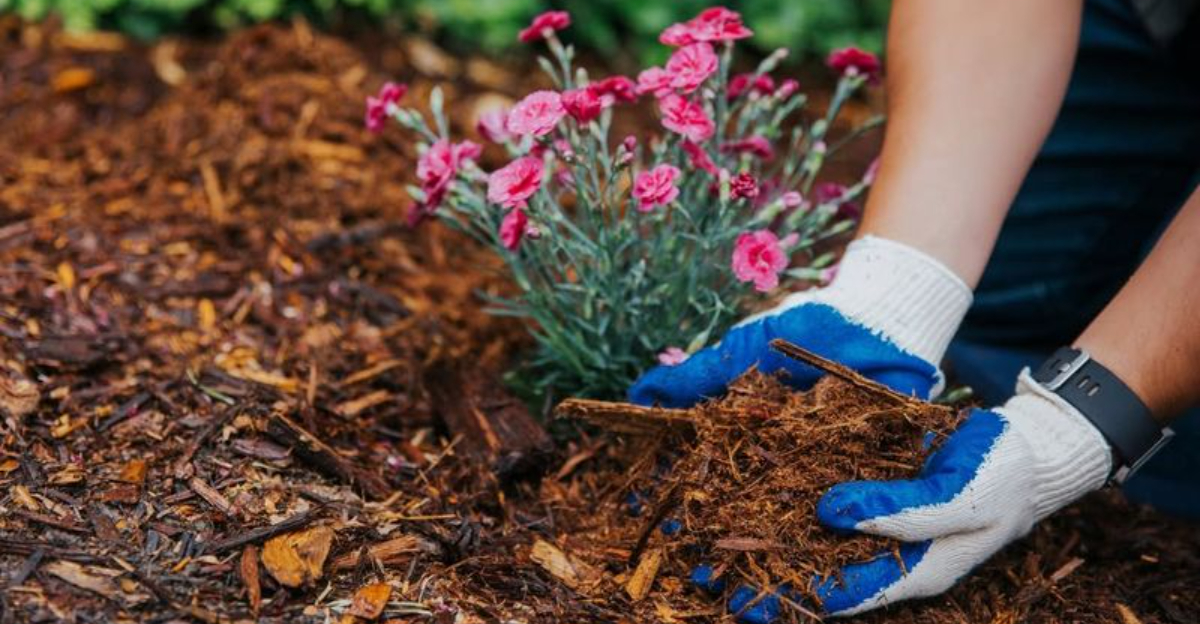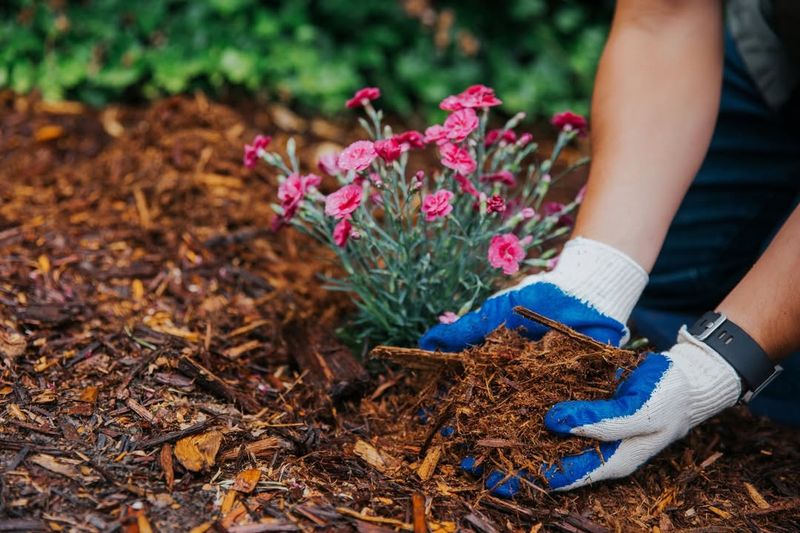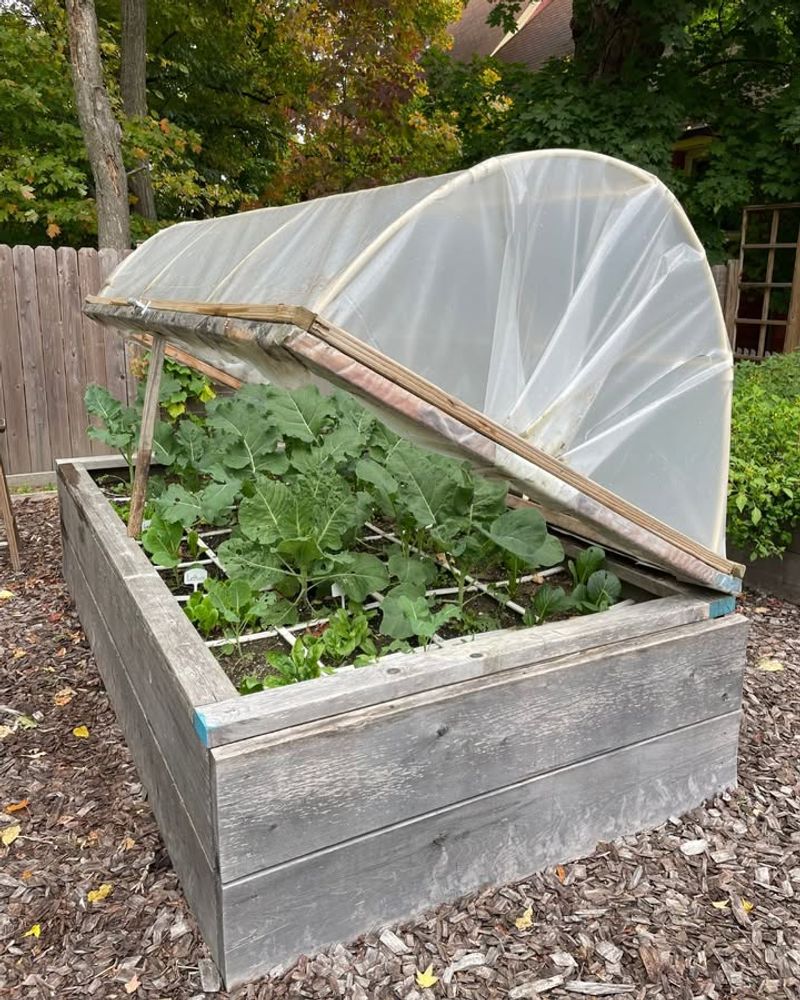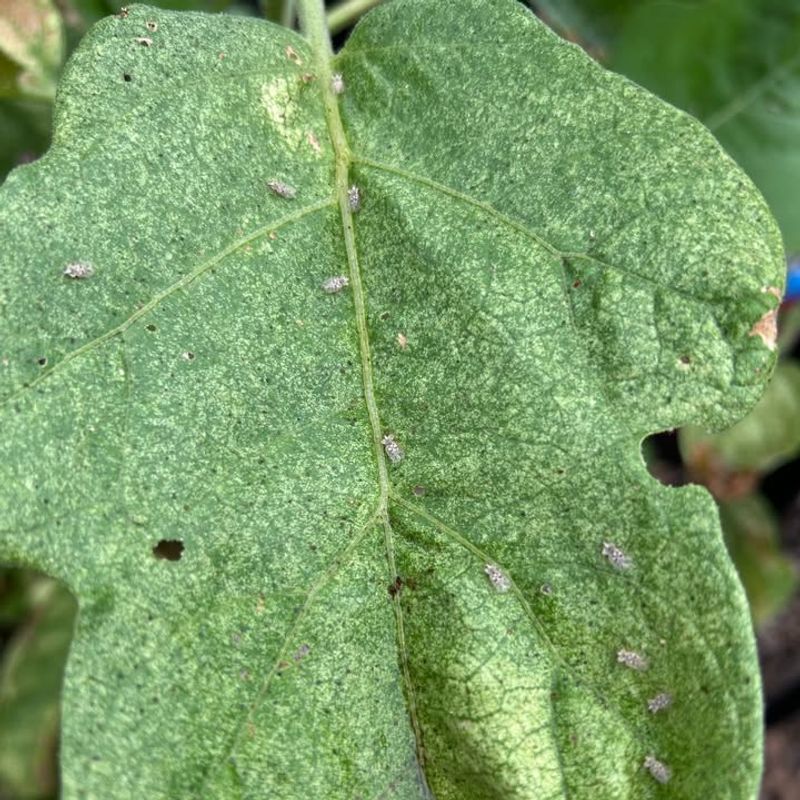Thanksgiving rain sits in the forecast for California, and gardeners sense a shake-up on the way. A long stretch of dry days may give way to a holiday drenching that puts every backyard to the test.
Some plants stand to gain, some may hit rough water, and a few could call for quick action. With this storm on the horizon, a simple shift in the weather may shape gardens more than any feast on the table.
How Holiday Rainfall Influences California Garden Conditions
Rain arriving during Thanksgiving weekend can dramatically transform garden conditions across California. Dry soil suddenly becomes saturated, changing how roots absorb nutrients and water.
Plants that have adapted to drought conditions may experience shock from the sudden moisture increase. Garden temperatures also drop when rain arrives, slowing growth rates for warm-season crops.
Understanding these shifts helps gardeners prepare their spaces properly. Checking drainage systems before storms prevents flooding problems that damage plant roots and soil structure over time.
Soil Moisture Boost – Why The Timing Benefits Fall Gardens
Fall gardens receive a natural gift when Thanksgiving rains arrive. Deep soil moisture penetrates layers that surface watering rarely reaches, encouraging stronger root development in cool-season vegetables.
Crops like lettuce, broccoli, and carrots benefit enormously from this natural hydration. The timing allows plants to establish robust root systems before winter truly sets in.
Rainwater also contains nitrogen and other nutrients that tap water lacks. This natural fertilization boosts plant health without any extra effort or expense from gardeners.
Protecting Sensitive Plants From Sudden Downpours
Heavy downpours can damage delicate seedlings and tender herbs that aren’t used to intense rainfall. Young plants with shallow roots may wash away or become waterlogged, leading to root rot.
Setting up temporary covers or moving container plants under eaves protects vulnerable specimens. Mulching around plant bases also prevents soil erosion during storms.
Staking tall plants before rain arrives keeps them from bending or breaking under the weight of water-soaked leaves and stems, preserving your garden investment.
Weed & Pest Shifts After Holiday Rainfall
Rainfall awakens dormant weed seeds hiding in your garden soil, creating an explosion of unwanted growth within days. Moisture triggers germination, meaning gardeners face increased weeding tasks after storms pass.
Snails, slugs, and other moisture-loving pests become more active when conditions turn wet. These creatures can devastate young plants overnight if left unchecked.
Regular monitoring after rainfall helps catch problems early. Hand-picking pests and pulling weeds while they’re small saves significant effort compared to dealing with established problems later.
Watering Adjustments And What Gardeners Should Do Post-Storm
Automatic sprinkler systems need immediate attention after significant rainfall arrives. Overwatering becomes a serious risk when irrigation schedules don’t account for natural precipitation.
Testing soil moisture by sticking your finger two inches deep tells you whether additional watering is necessary. Most gardens won’t need supplemental water for several days following substantial rain.
Adjusting timers or turning systems off temporarily prevents waterlogged conditions that encourage fungal diseases and root problems. Smart watering saves both water and plant health.
Long-Term Impacts On Winter Crops And Landscape Health
Thanksgiving rainfall sets the stage for successful winter gardening throughout California. Deep soil moisture reserves support crops through drier periods that often occur between storm systems.
Trees, shrubs, and perennials also benefit from holiday rain, storing water that helps them survive potential dry spells ahead. Established landscapes develop stronger drought resistance when winter moisture penetrates deeply.
Planning winter plantings around expected rainfall patterns maximizes success rates. Gardens that receive adequate early-season moisture typically produce better harvests and healthier ornamental displays.







